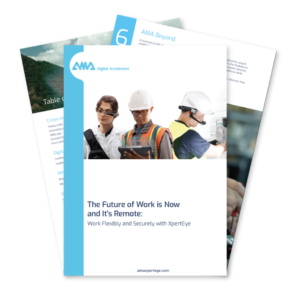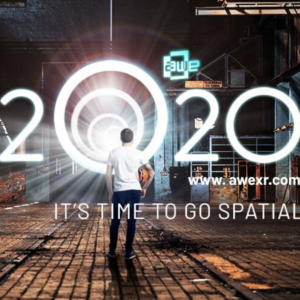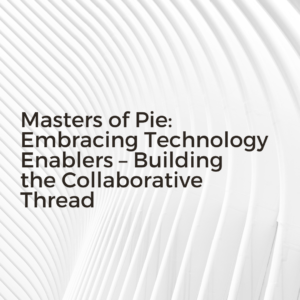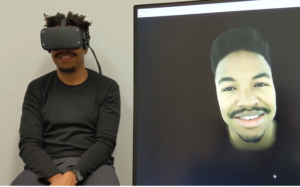Manifest is an end-to-end spatial computing solution delivering digital transformation and productivity to frontline employees enabling the capture and sharing of knowledge in a simple, consistent and scalable manner. Manifest 2.0 is Taqtile’s first official release for HoloLens 2, Magic Leap 1, and iPad, and offers new features that will transform the way teams access and leverage work instruction technology in a world with urgent demands for remote work and support.
“Our modern industrial ecosystem is being stressed in a way that would have been hard to predict a year ago, and it is glaringly evident that vulnerability to disruption is pervasive,” said Taqtile CEO, Dirck Schou. “What is needed are tools designed specifically to enable and empower front line workers, the sort of which Taqtile has been providing in Manifest for the last three years. Now, with the release of Manifest 2.0 we take, “Everyone is an Expert” to new heights by enabling workers to connect with experts whenever and wherever they need, easily creating workgroups that enable teams to work together more efficiently.”
Key new features available in Manifest 2.0 are Expert Connect and Working Together. Expert Connect enables easier communication between users via a browser or Mixed Reality headset. In addition to real-time chat, users can now initiate a call directly from a job step and leverage audio and video for 1:1 calls with the ability to share photos, videos, PDFs or jobs with others. The ability to connect with precisely the right expert is supported through an internal contact list that automatically sorts relevant users, starting with the original author of the job and recent operators to connect users with the foremost expert available.
“Now with Expert Connect, Manifest 2.0 is the most complete AR work instruction solution we’ve seen available in the market today,” said Daryl Roy, Founder and CEO of 3D Media. “The aircraft maintainers, and industrial personnel we work with now have a toolkit to easily create their own work instructions and immediately reach out to remote experts when needed.”
Working Together allows users to share either a planned team procedure, or it enables an operator to reassign a step to another operator on the fly. Working Together permits multiple operators to collaborate on a job by creating a team and dividing up the work, either through assignments or by self-assigning steps. All team members can watch the job progress through each step and view notes left by other operators. Job assignments allow an operator to invite another operator, even if they are in different locations, to take over so no one task goes Undone.
Manifest 2.0 also introduces the new 3D Model Manager allowing for easier 3D model set-up and configuration. Additional updates and improvements available include a new 3D application keyboard for quicker input, integrated map functionalities, additional language support including the display of Japanese characters, various polish and performance enhancements throughout all platforms, and general UI improvements.
Manifest 2.0 currently supports HoloLens 1, HoloLens 2, Magic Leap One and iPadOS. For any potential customers interested in a free tour of Manifest in a trial environment, visit the Microsoft or iOS application stores and download the Manifest application. Manifest 2.0 is coming soon to the Magic Leap application store. For more information on Manifest 2.0, visit taqtile.com/manifest .
Visit Taqtile’s AREA member profile.
Visit Taqtile’s press release on their website.









